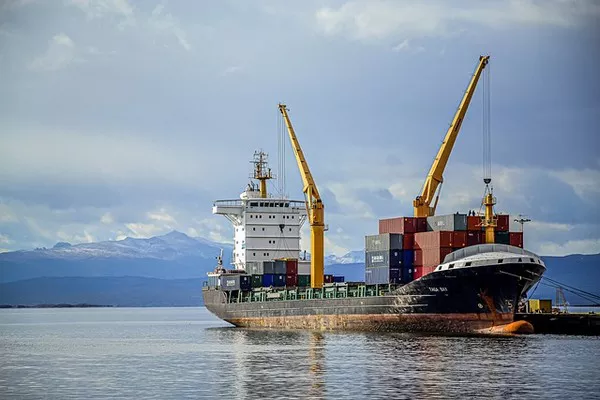The Fukushima Daiichi nuclear power plant, which was severely damaged by a tsunami in 2011, has initiated its third release of treated and diluted radioactive wastewater into the sea. Japanese officials confirmed that the two earlier releases proceeded smoothly.
The operator of the plant, Tokyo Electric Power Company Holdings (TEPCO), discharged 7,800 tons of treated water in each of the first two batches and plans to release the same quantity in the current batch, which will continue through November 20.
TEPCO’s workers activated pumps to dilute the treated water with a significant volume of seawater, gradually releasing the mixture into the Pacific Ocean through an undersea tunnel for offshore disposal.
This wastewater release began in August and is expected to continue for decades. Approximately 1.33 million tons of radioactive wastewater are stored in about 1,000 tanks at the plant. The accumulation of this water occurred following the catastrophic earthquake and tsunami in 2011, which crippled the facility.
TEPCO and the Japanese government argue that releasing the water into the sea is unavoidable due to the tanks nearing capacity and the need to decommission the plant.
However, these discharges have faced strong opposition from fishing groups and neighboring countries, including South Korea, where protests have been staged. China, in response, immediately imposed a ban on all imports of Japanese seafood, significantly affecting Japanese seafood producers and exporters.
Prime Minister Fumio Kishida stated that Japan has consistently provided transparent and scientific explanations about the discharge and has gained understanding from many members of the international community. He emphasized the need to continue bilateral discussions with countries imposing restrictions and to assert Japan’s position in international forums like the World Trade Organization.
To mitigate the impact of China’s seafood ban, Japan’s government established a relief fund to find new markets, and central and local governments have led campaigns to promote fish consumption and support Fukushima, efforts that have been joined by many consumers.
Before the release, the treated water undergoes a process to remove as much radioactivity as possible and is then significantly diluted with seawater. TEPCO and the government maintain that the process is safe, but some scientists suggest that the ongoing release should be closely monitored.
Sampling results conducted by TEPCO and the government have thus far detected tritium, considered inseparable by existing technology, at levels much lower than the World Health Organization’s drinking water standards.
In a recent setback, two plant workers were splashed with radioactive waste while cleaning piping at the water treatment facility and were hospitalized for exposure. They have since been released and are being monitored, according to TEPCO. None of the workers ingested any of the waste.
The International Atomic Energy Agency (IAEA) has concluded that, if the release proceeds as planned, it will have a negligible impact on the environment, marine life, and human health. IAEA mission officials expressed their reassurance about the smooth operation of the releases in the past month.

